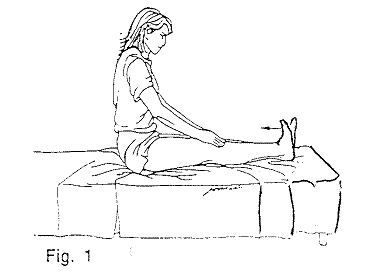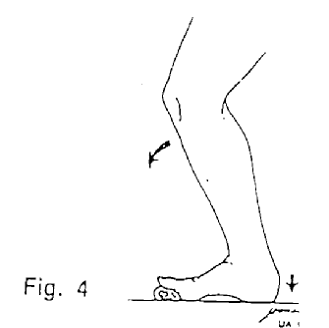
PLANTAR FASCIITIS AND HEEL PAIN
Plantar Fasciitis (PF) means inflammation of the plantar fascia, a thick band of connective tissue that spans the arch of the foot from the calcaneous (heel bone) to the bases of the toes. Continue The function of this tissue is to support the longitudinal arch and stabilise the foot as the heel comes off the ground during push off. Individuals with true “plantar fasciitis” have pain and tenderness along the entire longitudinal arch and the discomfort is worse at push off.
Heel Pain may be associated with plantar fasciitis but is more frequently seen in isolation. Patients with pain and tenderness localised to just the centre or inner aspect of the heel and pain on heel strike are described as having “Heel Pain Syndrome” (HPS). Although in many instances HPS is most likely due to inflammation of the plantar fascia at its attachment to the calcaneous (heel bone), it may also be due to a number of other pain processes. These other possibilities include nerve entrapment, stress fracture, bone inflammation and bursitis.
At the initial assessment an X-ray of the heel is usually taken, (if a previous film is not available), to rule out the possibility of a bone problem causing the pain. Although a heel spur may be identified on the X-ray it remains unclear whether this spur contributes to the pain or not. The fact that many people with this type of spur have no pain and that removing the spur often does not relieve the pain in patients with HPS, casts doubt on its role as a cause of the discomfort.
As surgery for HPS and plantar fasciitis has, at best, inconsistent results, a detrimental effect on normal foot mechanics and a significant risk of secondary foot pain, non operative measures are emphasized in the treatment protocol and surgery is considered only as a last resort.
The following is a guide to the stretching exercises we have found most effective in treatment HPS. These stretches, together with custom shoe inserts specifically fabricated for this condition, should alleviate or improve symptoms in more than 90% of patients with heel pain.
Plantar Fasciitis Pre-Stretching
Many people with HPS and PF have what is referred to as “start up” pain. This means that when they first start to walk after lying in bed or sitting, they experience moderate to severe discomfort with the first few steps. This phenomenon is caused by tension suddenly developing in the inflamed fascia as it is initially stretched with weight bearing and push off. Pre-stretching the fascia prior to standing after prolonged immobility will reduce start up pain.
Pre-stretch No. 1
Step 1 In the sitting position fully extend your knee (i.e. straight out) and
place both hands on your knees.
Step 2 Point your toes towards your head bending your foot upwards at the ankle. (Fig. 1). The more effort you put into this motion the better
the stretch.
Step 3 Hold this position as long as possible. (Minimum 30 seconds)

Pre-stretch No. 2 (Alternative to No.1)
Step 1 Place the ball of your foot on the edge of a stool while seated with knee flexed. (Fig. 2)
Step 2 Exert downward pressure on the knee with your hands. Hold this position for 30 seconds to a minute. Repeat as necessary.
PLANTAR FASCIA STRETCHING
The following programme is designed to stretch the plantar fascia most effectively utilising a mechanical principle known as creep. Creep is a phenomena that occurs when a sustained stress is applied to a deformable material. If creep takes place the material (or tissue) does not return to its original length when the force is removed, but rather has undergone some permanent deformation. In the case of the plantar fascia it is an increase in length. Therefore these plantar fascia stretches should be sustained for the recommended times to allow creep to occur.
Stretch No. 1
Step 1 Position yourself with the ball of your foot on the edge of a stair.
Step 2 Holding the rails for balance allow your heels to sink downwards.
You should be relaxed and no active muscle contraction in your legs should be necessary.
Step 3 Hold this position for 4 to 5 minutes.
After completion go to Stretch No. 2
Stretch No. 2
Step 1 Roll a towel tightly so that its diameter is 2.5 to 3.25cm.
Step 2 With your toes of the leg to be stretched approximately 30 to 45cm
away from a table or a wall, place the towel under your toes but allow the ball of your foot to rest on the ground. (Fig. 4)
Step 3 Place your opposite leg straight back for balance.
Step 4 Keeping your heel and on the ground, now force your knee towards the wall.
Step 5 This position is difficult to maintain for long periods of time, but the longer you can do it the better. Minimum time for each stretch should be 30 seconds. Total stretching time of 2 to 3 minutes should suffice.

